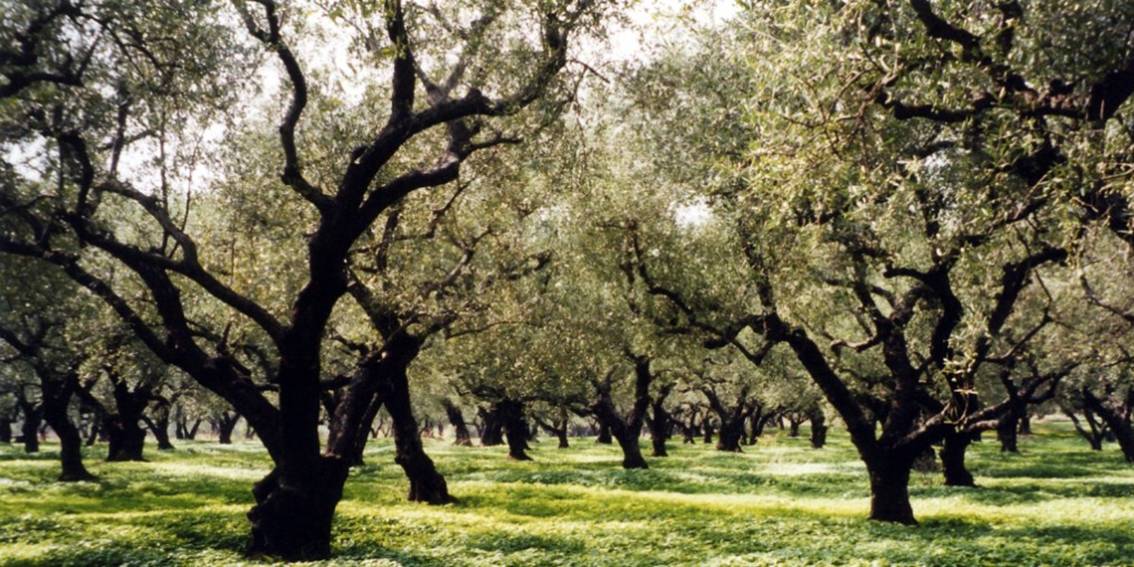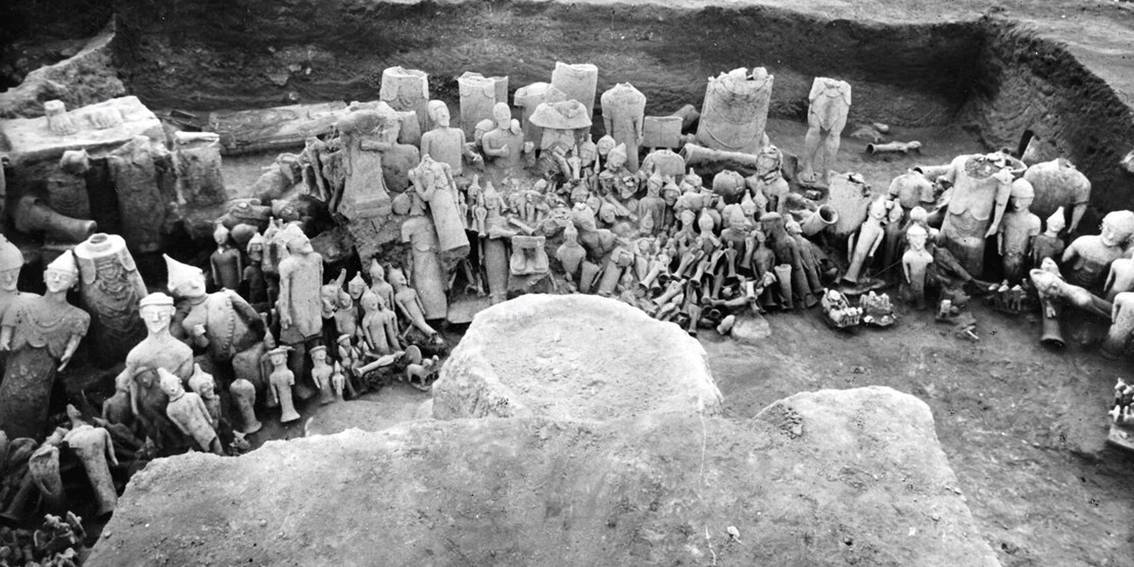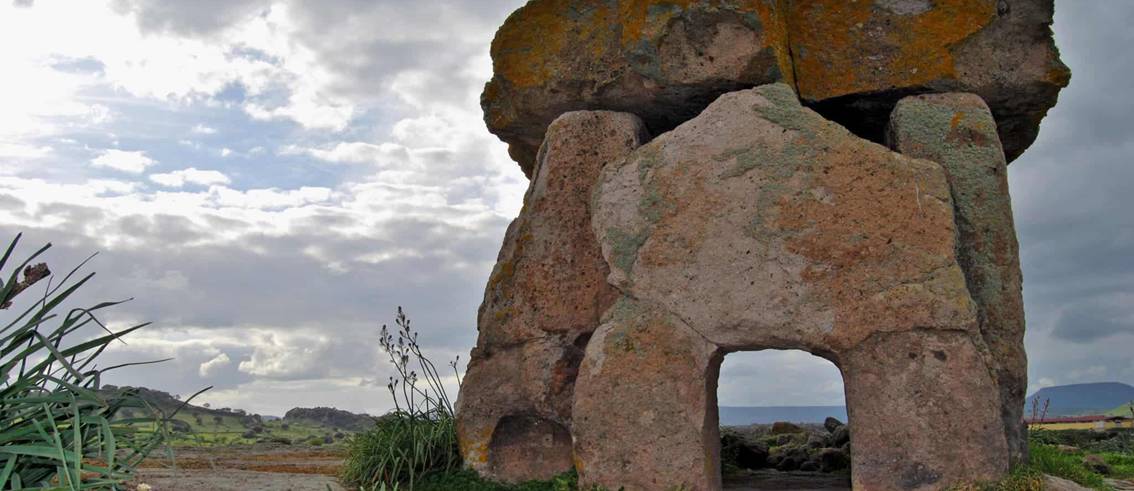The Oldest Olive Trees
The Oldest Olive Trees: Olive trees are a key part of Cyprus’s landscape and culture. They hold deep historical and traditional significance. Some of the oldest olive trees date back centuries. The Department of Forests of Cyprus protects these ancient trees. These trees serve as natural monuments, offering insights into the island’s ecological past, agricultural practices, and cultural values. Protecting these trees is essential for preserving Cyprus’s environmental heritage. Efforts are underway to ensure they remain for future generations. This essay explores their importance, protection measures, and conservation impact.
Historical and Cultural Significance of Olive Trees
Cultivated in central to Mediterranean olive trees play a big role in Cyprus culture. Cyprus has a long history of olive cultivation, dating back thousands of years. Archaeological evidence shows olive oil production began in Cyprus around 1500 BC during the late Bronze Age. For Cyprus olive trees were not just an agricultural resource but also played a key role in ancient Cypriot society, economy, and daily life. People used olive oil for cooking, lighting lamps, religious rituals, and medicine. It was a vital commodity.
The olive tree symbolizes peace, fertility, and endurance. In ancient Greece and Rome, olive wreaths were awarded to victors in athletic competitions and worn by rulers as a sign of wisdom and victory. This symbolism has persisted. Some protected trees are over a thousand years old. They serve as living monuments to the island’s history and cultural continuity.

Ancient Olive Trees of Cyprus
Several ancient olive trees across Cyprus were identified and protected by the Department of Forests in the island.
These trees, some over a thousand years old, are part of the island’s natural heritage. While olive trees are known for their longevity, these specimens stand out for their age, size, and the historical periods they have survived.
In Agglisides you Will find the Oldest Olive Tree
One of the oldest olive tree is located in Agglisides, in the Larnaca District, is over 700 years old. Some estimates suggest it could be even older. This tree has endured wars, natural changes, and the passage of time. Its gnarled and wide trunk shows the scars of age. This olive tree is a living testament to resilience and the importance of olive cultivation in Cypriot life.
It connects the modern community to its ancestors, who likely tended to it centuries ago and symbolizing peace, fertility, and endurance, reflecting the deep cultural significance of olive trees in Cyprus.

Another one of the Oldest Olive Tree in Akrotiri, Limassol
In Akrotiri you will find the oldest olive tree , is estimated to be over 1,500 years old. Located in the village of Akrotiri, this tree is a symbol of longevity and the historical importance of olive trees in the Mediterranean.
These trees twisted trunk and impressive size make it a local attraction. Olive trees thrive in harsh conditions, and this one has survived centuries of changing climates and human activity. Experts estimate its origin dates back to the Byzantine or early medieval periods.
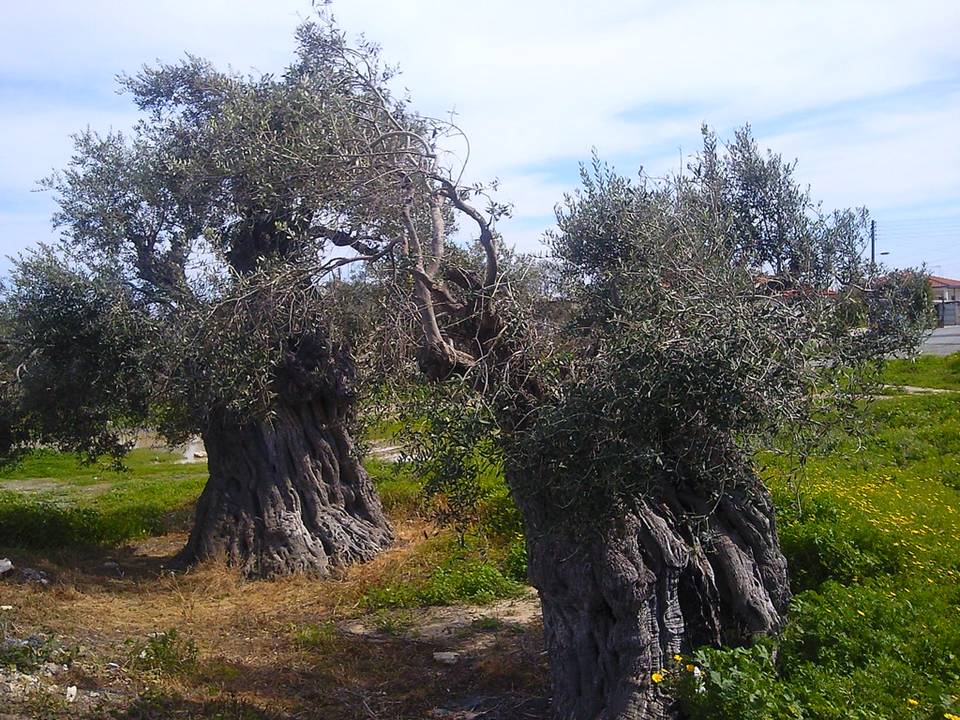
One of them Oldest Olive Tree is in Polis Chrysochou
The oldest olive tree in Polis Chrysochous, known as the “Olive Tree of Vouves,” is over 700 years old. Some estimates suggest it could be much older. Located in the village of Skoulli, this tree has witnessed centuries of historical events and cultural shifts.
Visitors often seek out this tree to marvel at its gnarled trunk and ancient branches, which still produce olives. Symbolizes the connection between the people of Cyprus and the land that sustains them.
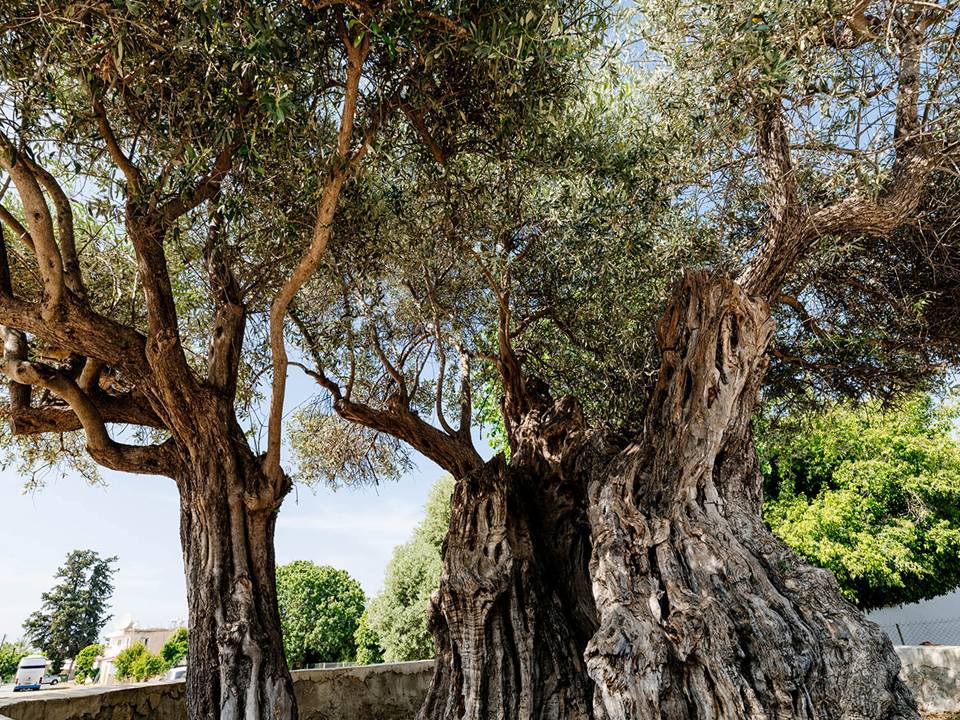
The Role of the Department of Forests
Cyprus Department of Forests plays a key role in conserving and protecting ancient olive trees. Recognizing their ecological and cultural value, the department has implemented several preservation measures.
One strategy is designating certain trees as “natural
monuments.” This legal status ensures they cannot be cut down or damaged. Local communities often participate in preservation efforts through educational programs and awareness campaigns. The department also collaborates with municipalities and environmental organizations to monitor the trees’ health and address threats like disease or improper agricultural practices.
The Department of Forests also engages in reforestation and biodiversity conservation. These efforts create a favourable environment for ancient olive trees to thrive. Activities include managing forest lands, protecting endangered species, and restoring degraded ecosystems.
Environmental and Ecological Importance
Ancient olive trees are not just culturally significant; they also play a vital ecological role. Their large canopies and gnarled trunks provide habitats for birds, insects, and small mammals. These trees help stabilize soil, preventing erosion, which is crucial in the Mediterranean’s fragile landscapes.
Olive trees are highly drought-resistant, making them well-suited to Cyprus’s semi-arid climate. They thrive in poor soil conditions and require minimal water. This makes them essential to the island’s ecosystem, especially as climate change and desertification increase.
Challenges and the Future of Conservation
Despite protective measures, ancient olive trees face several challenges. Climate change, with rising temperatures and shifting precipitation patterns, threatens their survival and productivity. Modern agricultural practices, such as pesticide and herbicide use, can harm the ecosystems around these trees.
Urbanization also poses a threat, as land development can destroy natural habitats. To address these challenges, the Department of Forests must continue collaborating with local communities, scientists, and environmental organizations. Sustainable practices and public awareness campaigns are essential to ensure these trees endure.
Conclusion
The ancient olive trees of Cyprus are living symbols of the island’s cultural and environmental heritage. Protected by the Department of Forests, they stand as monuments to Cyprus’s long history of olive cultivation and the deep connection between its people and the land. As both cultural treasures and vital components of biodiversity, their conservation is crucial. Through continued protection, sustainable practices, and public awareness, Cyprus can ensure these ancient trees endure for future generations, preserving the island’s enduring legacy.
Galery
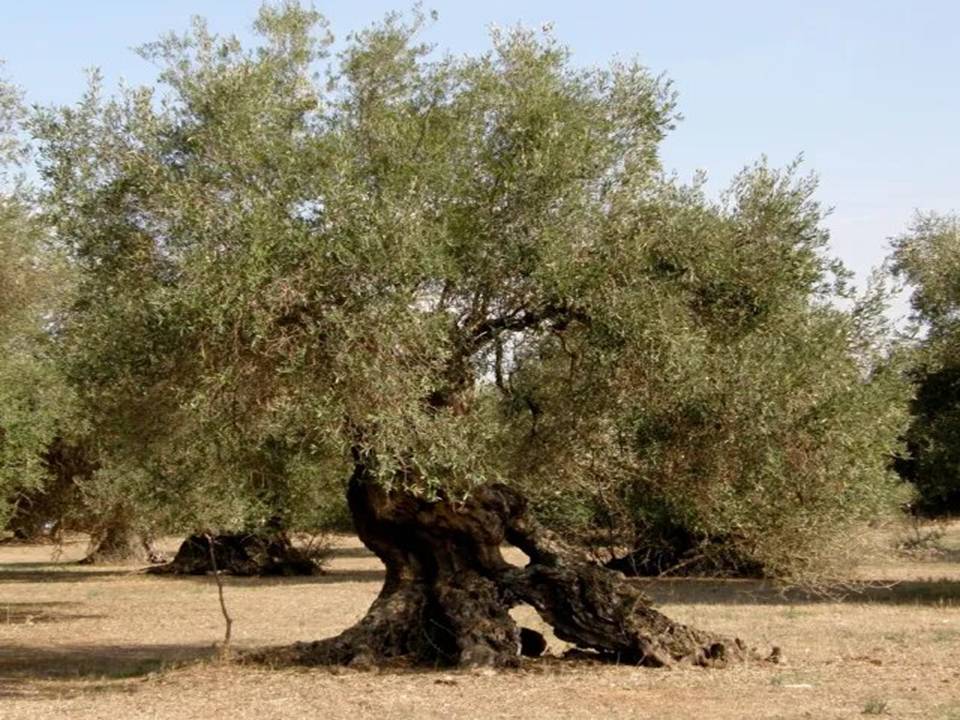
The Oldest Olive Tree in Agios Georgios Athiainou

The Oldest Olive Tree in Flasou Solea
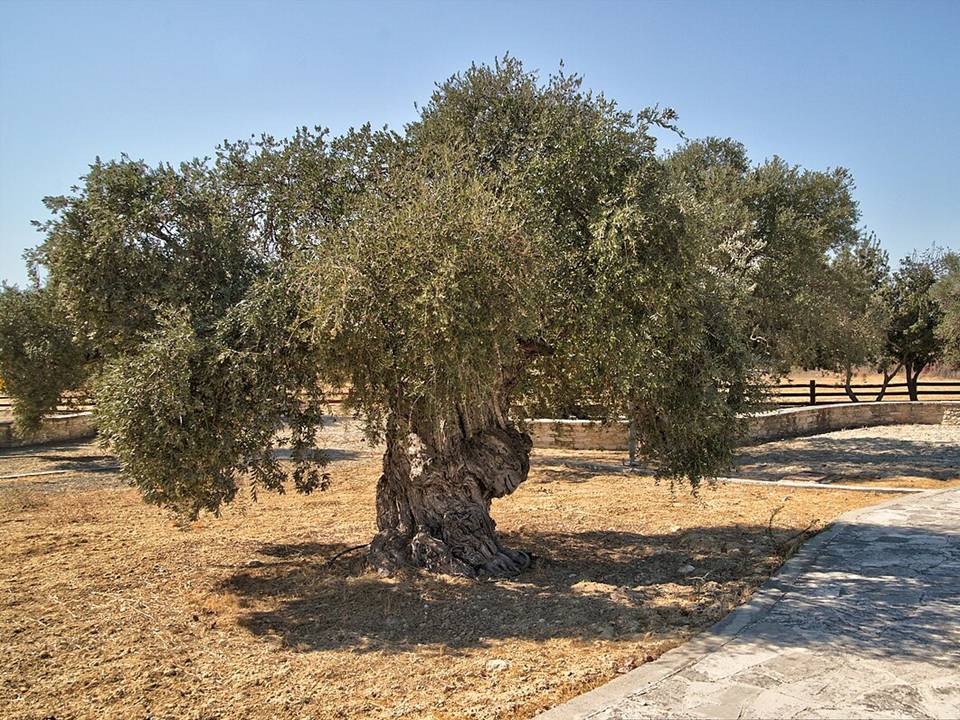
The Oldest Olive Tree in Psematismenos Village
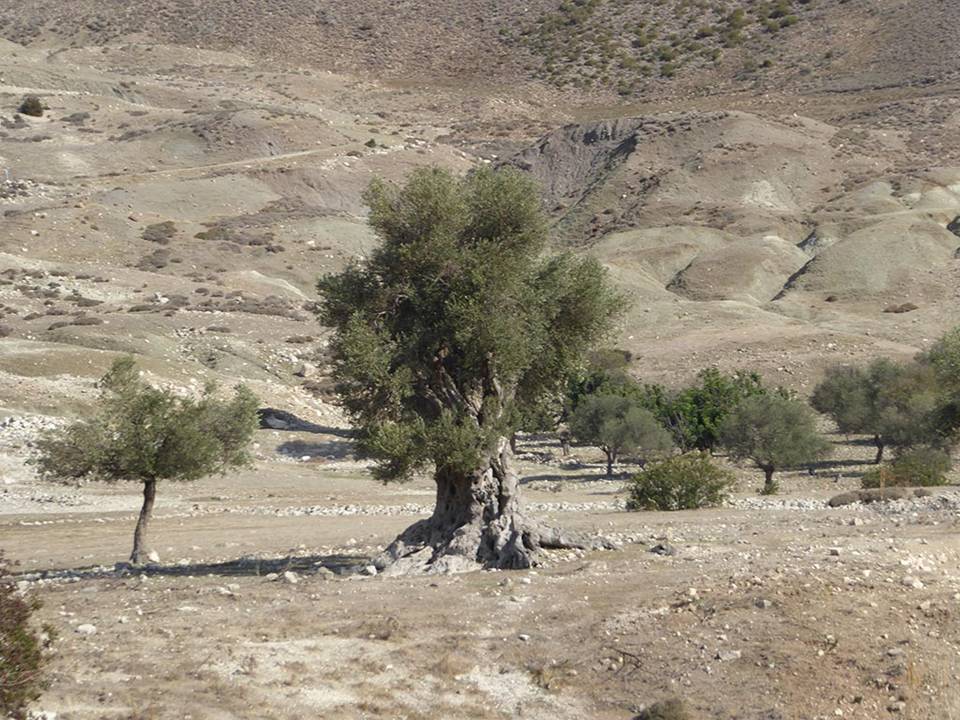
The Oldest Olive Tree in Akamas Gorge
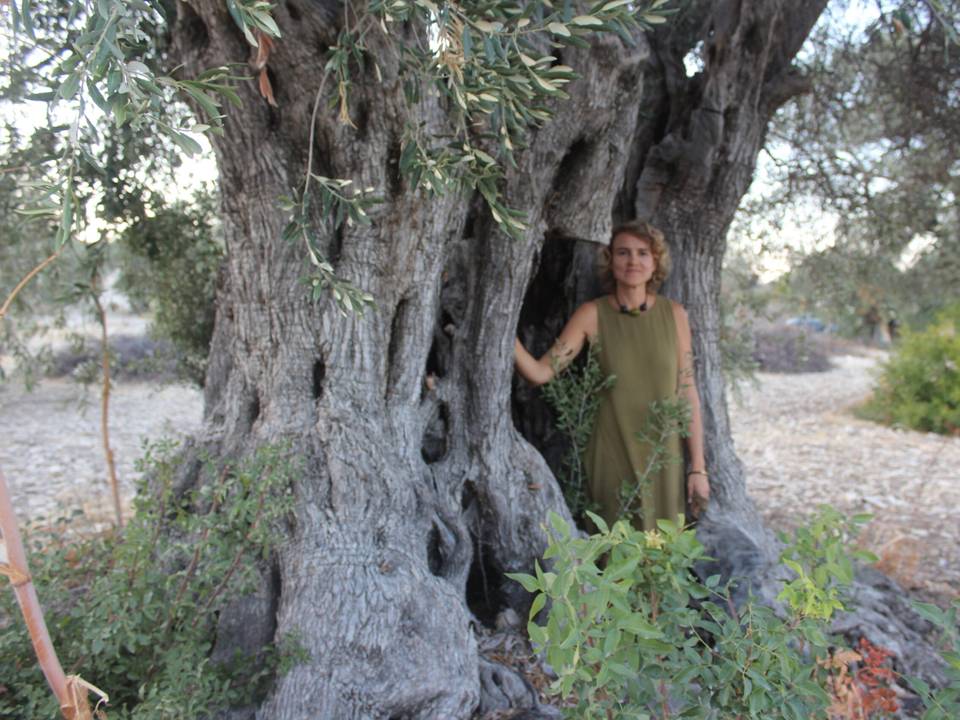
The Oldest Olive Tree in Kato Lefkara
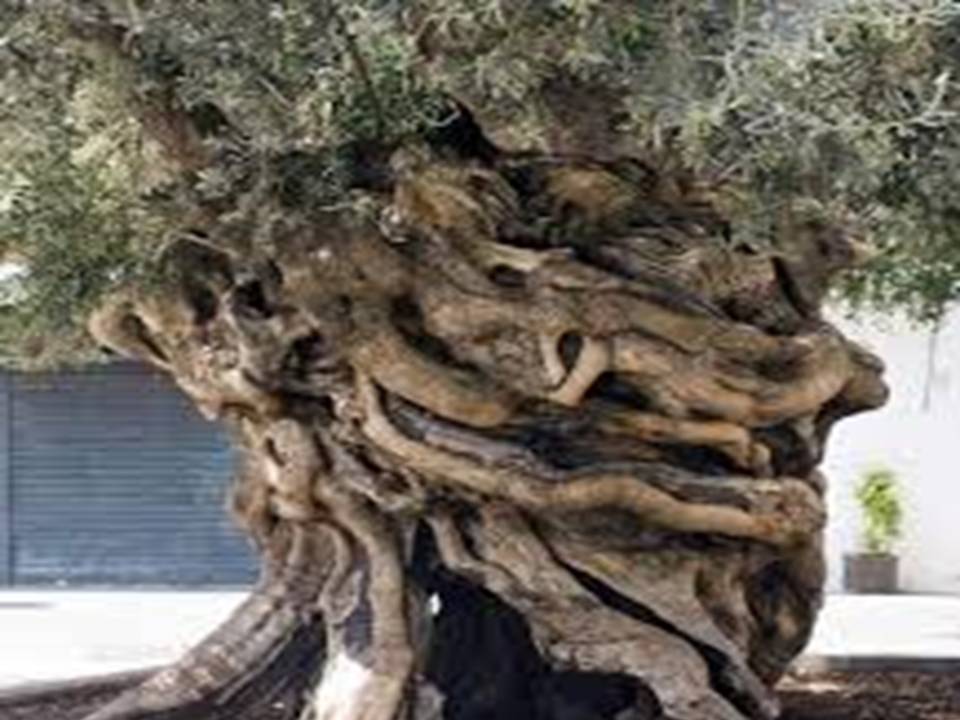
The Oldest Olive Tree in Xyliatos Nicosia
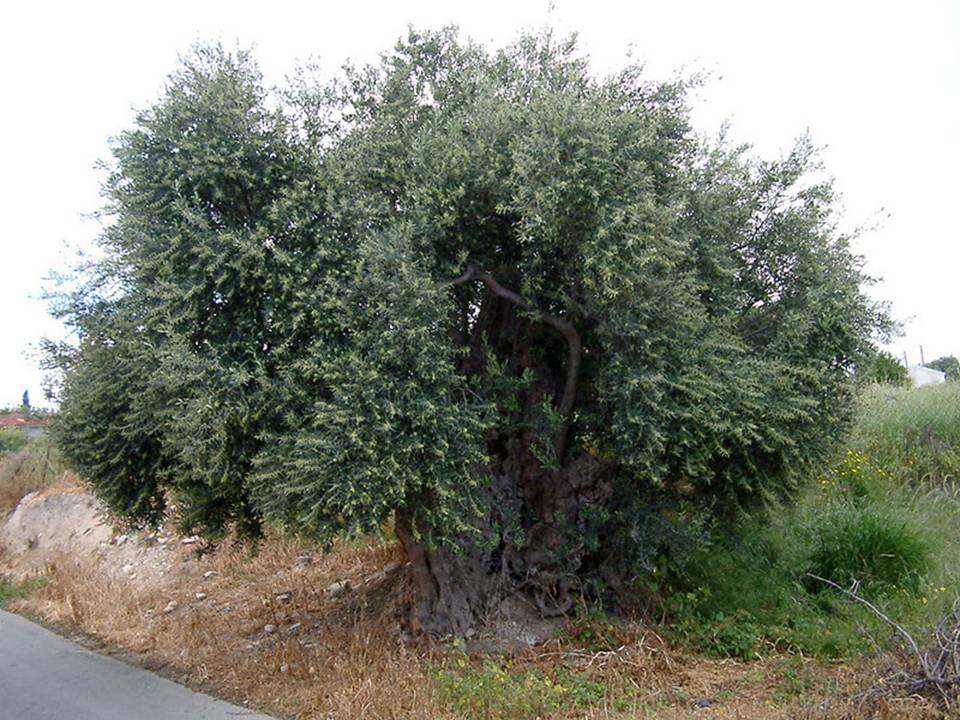
The Oldest Olive Tree in Anogyra Village

The Oldest Olive Tree in Potamiou Paphos
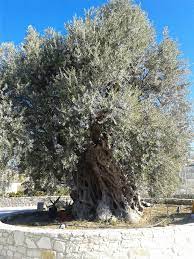
The Oldest Olive Tree in Skarinou
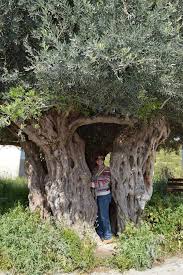
The Oldest Olive Tree in Xyliatos Nicosia
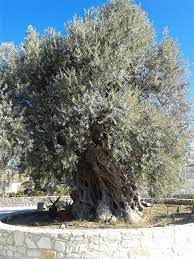
The Oldest Olive Tree in Skarinou

